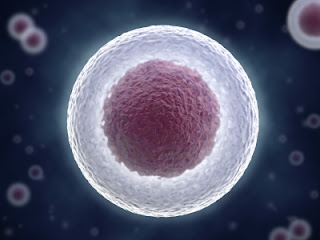Stem cell science has been a highly controversial topic over the years, but it may be well on its way to revolutionizing the high fatality rate expected for those on waitlists for vital organ donations. Stem cells have been particularly successful in this research because they can be scientifically bred into nearly any type of cell that occurs in the body. This key component means that crucial organs grown from stem cells would make urgent transplants viable without having to wait for donors that match a particular blood type or demographic bracket.
Since most humans can live with just one functioning kidney instead of two, transplants are often sourced from within family units or from personal relations when a patient is in urgent need. Unfortunately, that still doesn’t change the fact that, on average, 21 people die every day waiting for organ transplants because waitlists are too long or patient-donor matches can’t be found in time, according to the American Transplant Foundation.
Like the many systems that make up the human body, most organs use complex systems to successfully serve their intended function. Due to this complexity, scientists haven’t quite figured out how to grow fully functional kidney quite yet, but with the help of stem cells, researchers have recently managed to grow organoid tissue that resembles a kidney in early development.
To brush up on your biology, keep in mind that the kidneys function as a sort of filtration system for the blood. The intricate system of tubular structures (called nephrons) that make up a healthy human kidney is incredibly complex in nature, since it combines U-shaped loops, mostly straight tubes, and interconnecting pieces to complete the system. Until now, scientists have faced the prohibitive challenge of growing all these different nephrons from the same initial batch of stem cells.
In the lab, researchers discovered that stem cells developed into different shaped nephrons, collecting ducts, and other elements of healthy kidney organs, based on their exposure to specific signaling molecules. By controlling the amount of time a any section of a single stem cell source was exposed to these molecules, the scientists were able to develop a kidney organoid that doesn’t resemble a fully developed human kidney, but instead looks more like a kidney that would develop in a fetus during the first trimester of pregnancy.
It looks like it will be a long time before scientists can grow fully functional, healthy human organs for transplant, all from stem cells. Nonetheless, these newly-developed organoids resemble kidney function closely enough that researchers will be able to use the stem-cell grown tissue samples to test pharmaceuticals, further study kidney function and related diagnoses, and even develop therapeutic solutions for diseases and specific pathogens.
Source : http://goo.gl/jcBMFs



